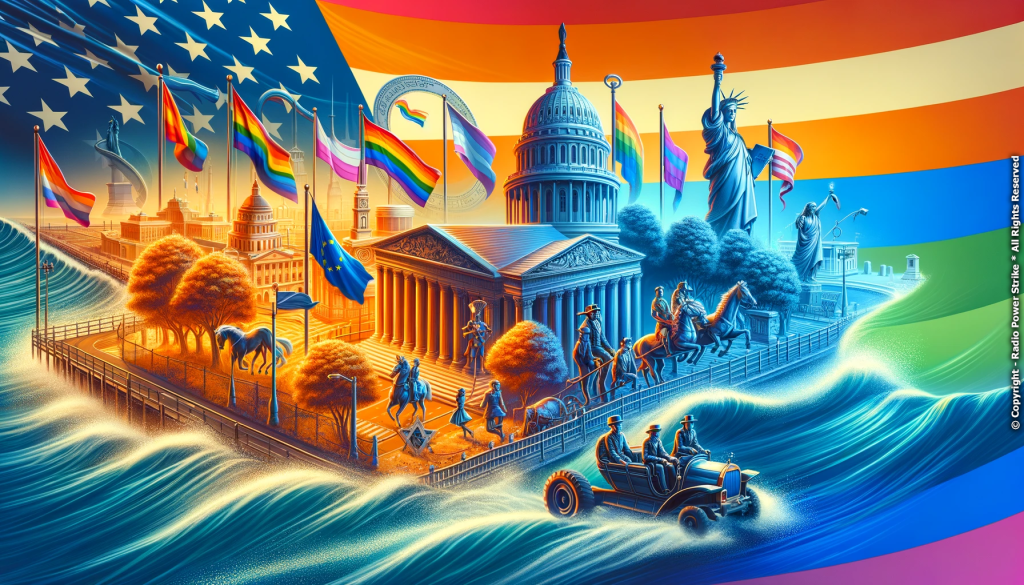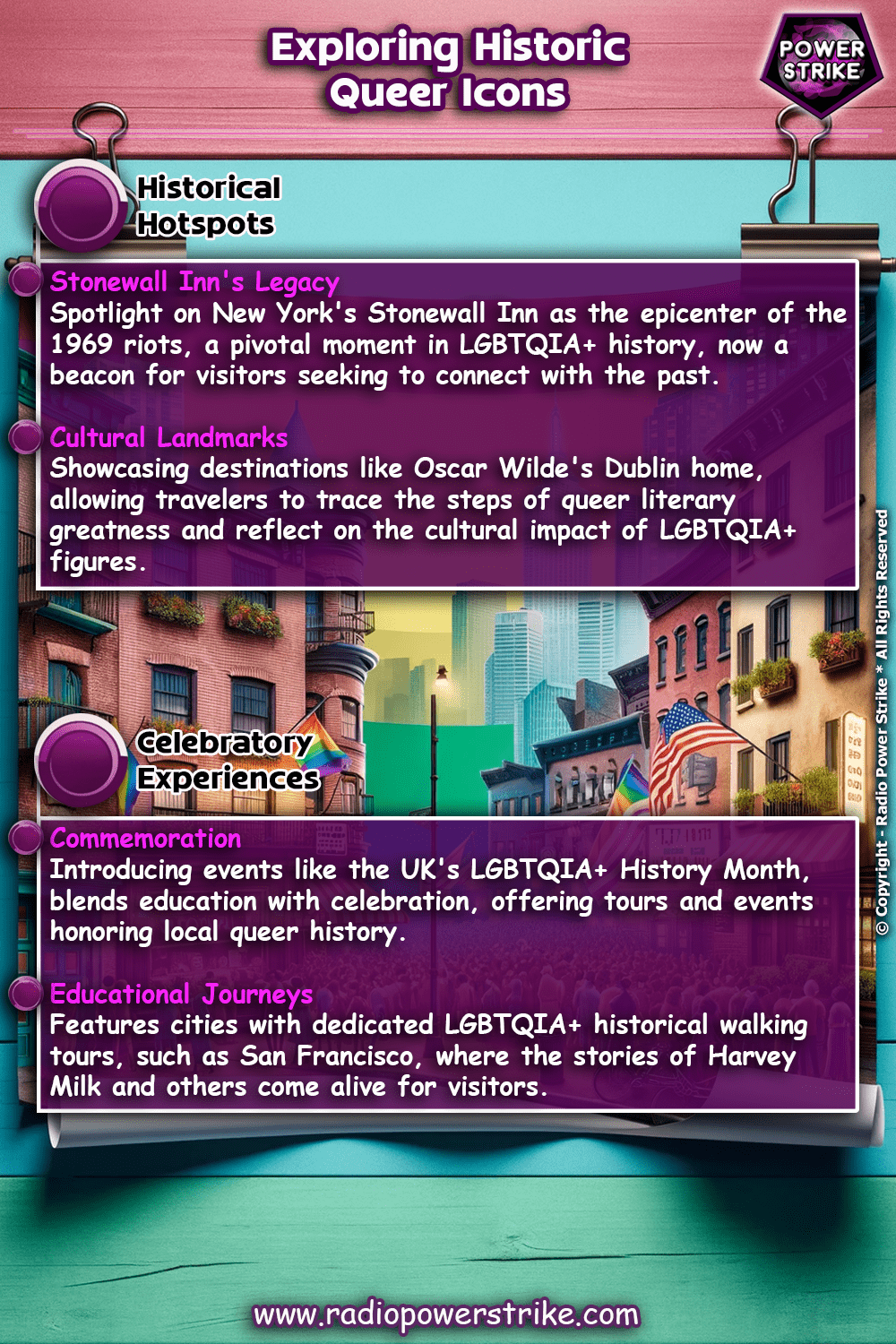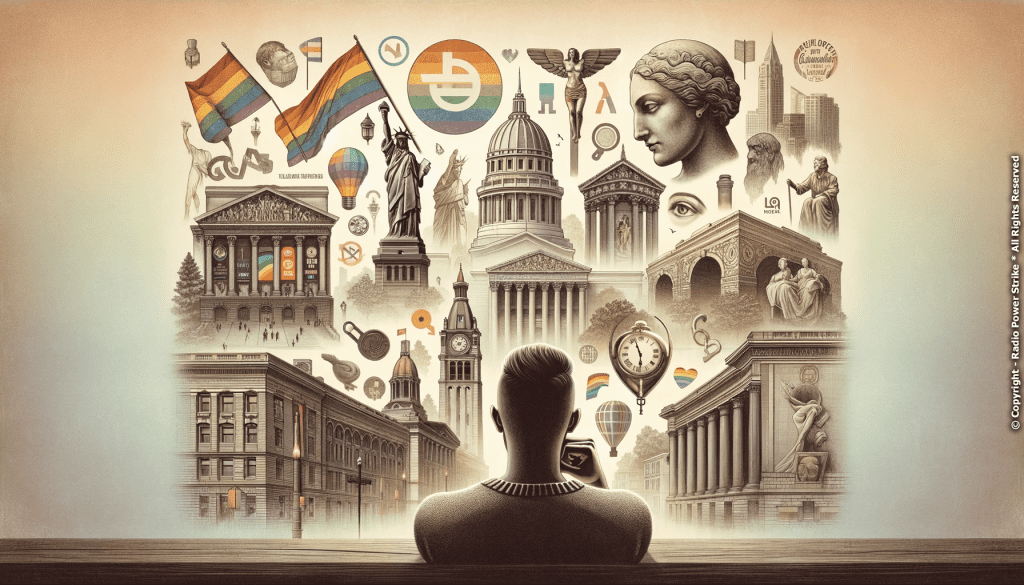Celebrating Queer Icons: Tourism for History Buffs
Rediscovering the Past: Tracing the Journeys of LGBTQIA+ Pioneers

History is replete with trailblazers who defied the norms, championed rights, and left an indelible mark on society. Among them are countless LGBTQIA+ icons whose stories, often overlooked or marginalized, have paved the way for modern queer rights movements. For history enthusiasts and those keen on immersing themselves in rich narratives, exploring these icons’ lives and the places they touched becomes a captivating journey of discovery and appreciation.
The Landmarks of Change
Across the globe, numerous landmarks stand as silent testimonies to the challenges, triumphs, and resilience of the LGBTQIA+ community. These sites, deeply interwoven with stories of queer icons, offer more than just historical insights—they provide a connection to a rich tapestry of lived experiences.
The Stonewall Inn in New York, for instance, is more than just a bar. It’s the birthplace of the modern LGBTQIA+ rights movement, spurred by the legendary Marsha P. Johnson and Sylvia Rivera. Today, it stands as a National Historic Landmark, drawing thousands annually to pay homage to the site where history was made.
Delving into Personal Narratives
While many historical sites are linked to community movements, some destinations offer a deeply personal dive into individual queer icon’s lives. These places serve as intimate windows into their struggles, passions, and legacy.
Consider the Oscar Wilde House in Dublin, which offers a journey into the life of one of literature’s most celebrated gay figures. Exploring Wilde’s residence, one can almost feel his presence, reliving his moments of genius, his trials, and the societal challenges he faced. Such places serve as poignant reminders of the personal stories behind broader movements.

Celebratory Festivals and Tours
Alongside static landmarks, numerous festivals and specialized tours have emerged that celebrate queer history. These events often combine elements of tourism, education, and celebration, offering participants a comprehensive experience.
One such event is the annual LGBTQIA+ History Month in the UK, which not only commemorates queer icons but also organizes tours and talks focusing on local LGBTQIA+ history. Similarly, cities like San Francisco offer dedicated LGBTQIA+ historical walking tours, introducing participants to key figures, from Harvey Milk to José Sarria, and the sites that encapsulate their legacy.
Traveling with the intent to understand and honor queer icons offers a unique, enriching experience. It bridges the gap between past and present, illuminating the struggles and victories that shaped today’s LGBTQIA+ community. As we stand on the shoulders of these giants, revisiting their stories and the places they influenced serves as both a tribute and a reminder of the ongoing journey towards inclusivity and acceptance. As history enthusiasts venture to these destinations, they not only gain knowledge but also a profound appreciation for the queer icons who dared to challenge, dream, and inspire.


Comments are closed, but trackbacks and pingbacks are open.